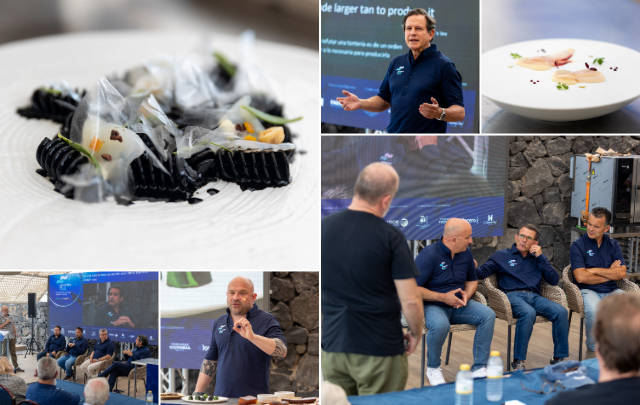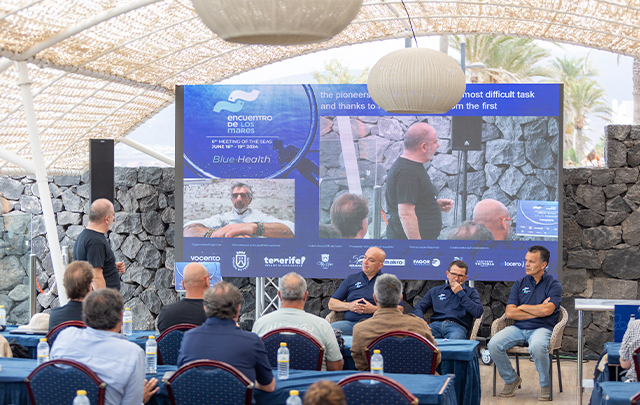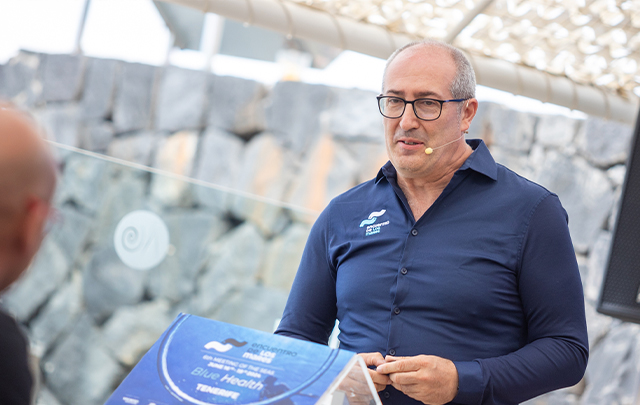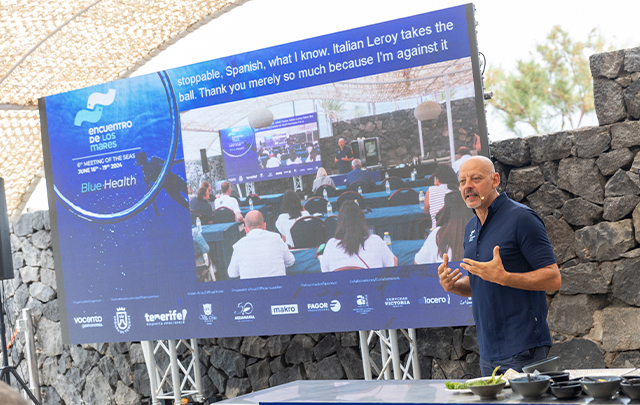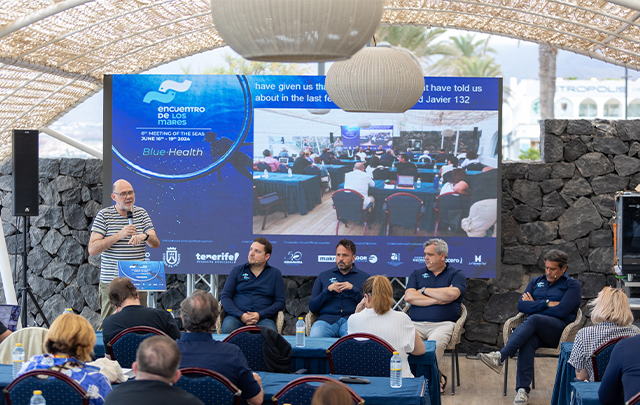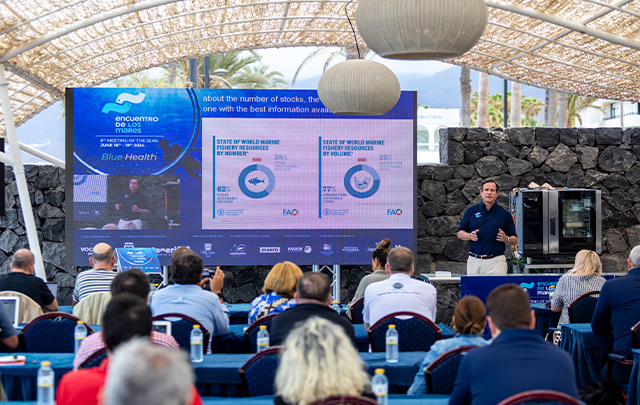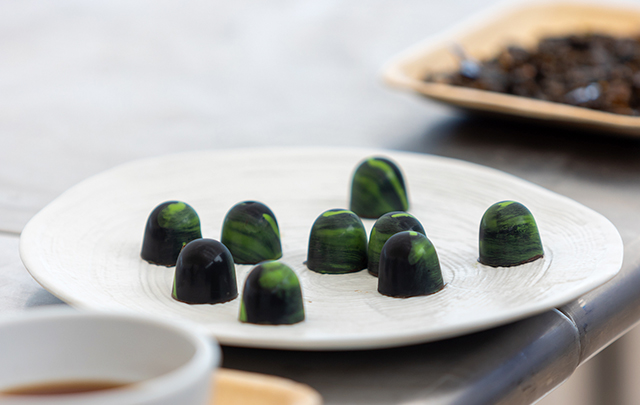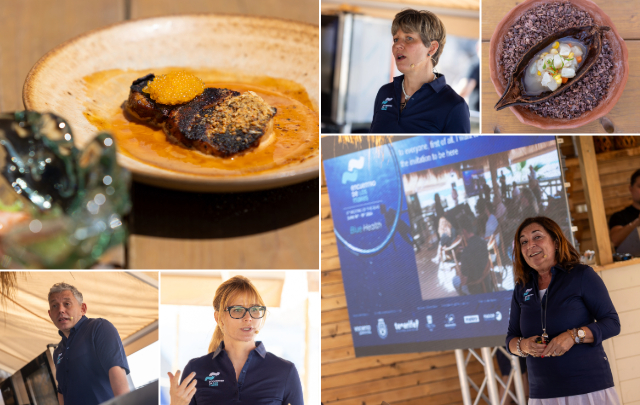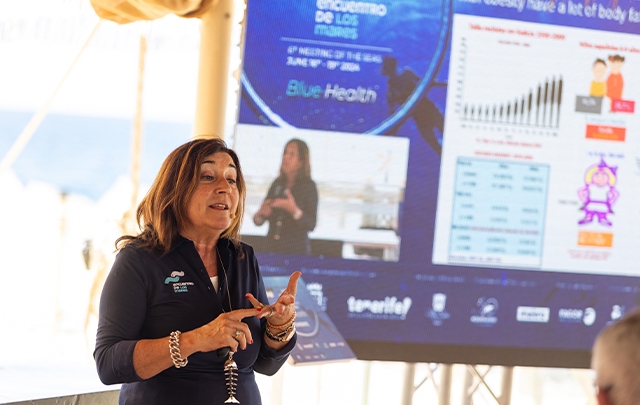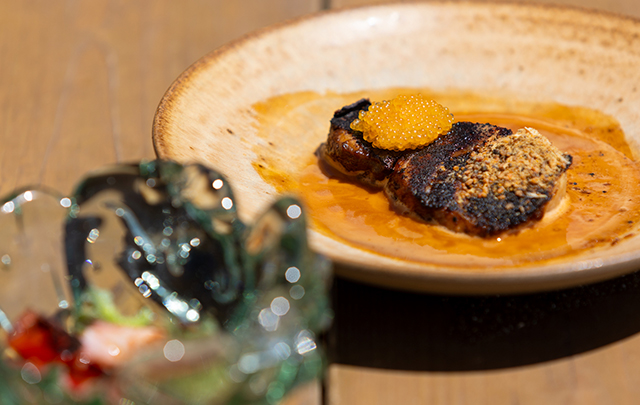News
The ancestral Filipino cuisine that inspired a Spanish chef's a la minute cooking
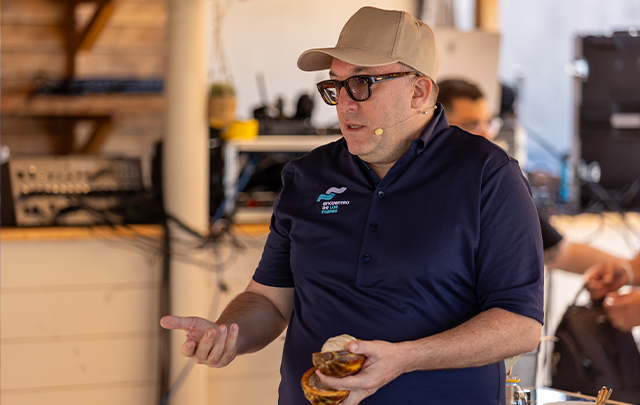
Chele González learnt Filipino kinilaw from a remote community that makes up for the lack of refrigeration with traditional techniques and local ingredients to eat what they catch on the spot.
"It's similar to Peruvian ceviche, but even older," explains José Luis 'Chele' González, a chef of Cantabrian origin who has lived in the Philippines for years and runs the highly successful Gallery by Chele (Manila), pioneering haute cuisine in the Asian archipelago by reinterpreting local cuisine based on local produce and European techniques. He is passionate about his adopted country: "With more than 7641 islands, it is a natural paradise in the epicentre of Asia, with the second largest marine biodiversity in the world," he enthuses. A territory surrounded by seas that has brought Chele one of the local culinary discoveries that has had the greatest impact on him and with which he begins all his menus.
And to give us a full understanding of kinilaw, Chele has presented us with a beautiful and instructive documentary that recounts one of his trips to the community that discovered it, in the Siruma region, in the south-east of the country, "where you can't go by car and man's hand doesn't reach". Using hook-and-line fishing and hand-picking seafood, the villagers catch what they need to feed themselves every day, "incredibly connected to nature and with the best and freshest food available in the sea. It's pure luxury," says the chef, who admits that the village's extraordinary pantry and produce-based cuisine reminded him of his childhood in Torrelavega and inspired him to create his a la minute cuisine.
Four Kinilaws of his own creation
After so many years in the Philippines, Chele has managed to perfect the technique of a dish "that differs from Latin ceviche in the use of vinegar and tabon, a local dried fruit that kills bacteria in fish. What they have in common is the use of lime, specifically calamansi, a local variety that I only find in these remote communities," he warned, strongly criticising the development of monoculture in a country where only 5% of the tropical forest remains. And for the enjoyment of those present, he prepared four live kinilaws created in his kitchen. The first, created in 2013, was a tuna tiradito with a coconut vinegar-based tiger's milk "that enhances the umami like you wouldn't believe", striped tabon, topped with sea grapes pickled in the same coconut vinegar. A feast for the senses.
The second suggestion was 'Perlas', a dish created in 2017, in which he immerses scallops tempered at 360 degrees, "just as Master Josean taught me during one of his visits", in a tiger milk made with cashews, topped with dots of chlorophyll, pieces of toasted cashews and pickled radishes. Enzymatic mackerel was the star of the third dish, cured for two hours and thinly sliced, dipped in a citrus kombucha, candied ginger and a hint of chilli. Finally, he closed the kitchen with a kinilaw that he presented at the last Fusión in Madrid, made with mucilage, a sweetener made from cocoa beans "that also adds salty notes", on a few loins of wahoo, pickled cocoa, corn and sweet potatoes. And so Chele said goodbye to us and invited us to Asador Alfonso, his new project, "located 70 km from Manila and opened only a month and a half ago. We want to show that Spanish cuisine goes beyond tapas and paella".

